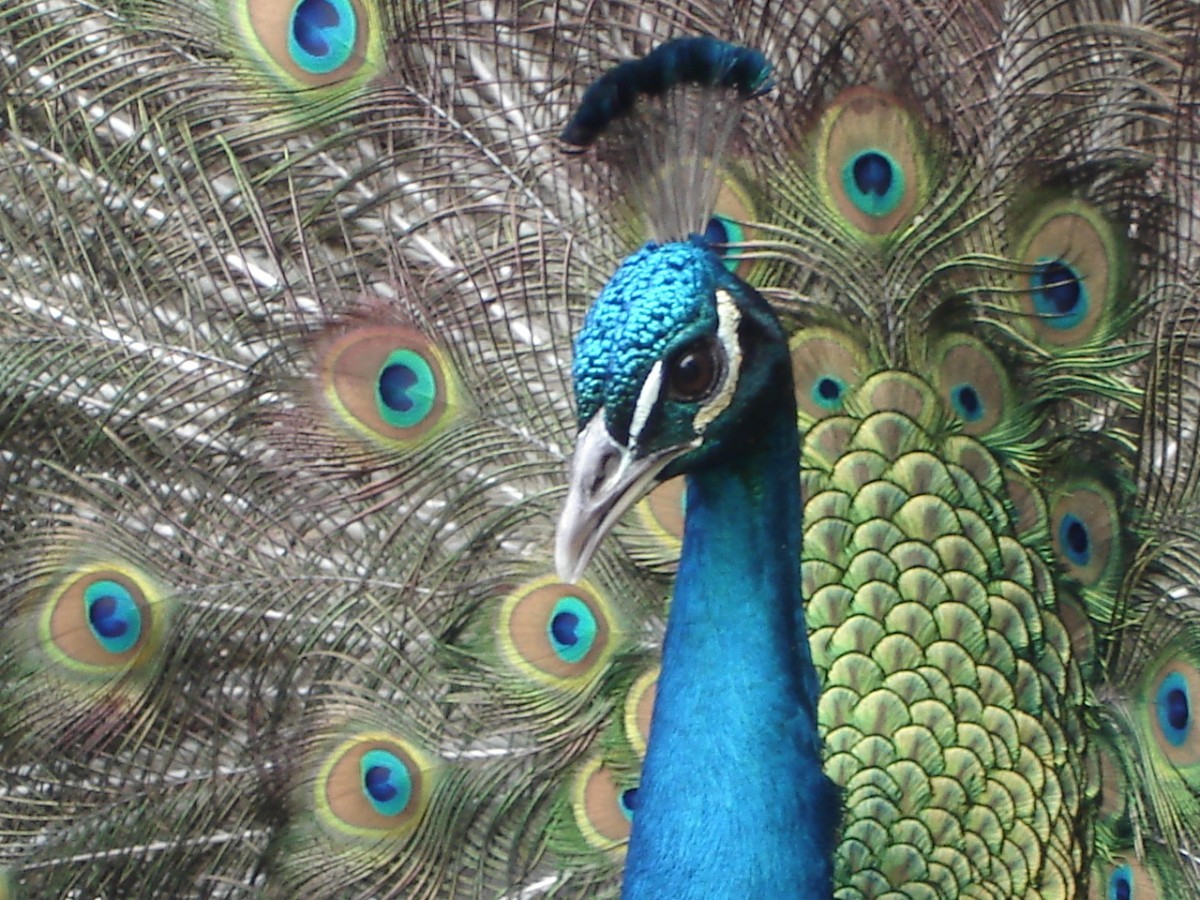
New research provides further insight into the sexual rituals of peacocks
If you’re a male peacock who’s keen to mate and you happen to be reading this, researchers have discovered that it’s not the length of your tail feathers that matter, but how you use them.
University of Manitoba biologist James Hare was one the authors of a study published in PLOSOne that examined the biomechanics of male peacock displays and how that affects courting success.
Professor Hare is generally known for his work on Richardson ground squirrels, but in 2015 he and his graduate student Angela Freeman received a lot of international press when they reported that male peacock feathers make deep rumbling sounds that human’s cannot hear.
Biologists, being curious folks, decided to interrogate the feathers even more with the help of a physicist, and the international team’s recent findings are giving the international press even more to marvel at (see below).
Rattle your tail feather
When a male peacock engages in a courtship ritual it fans its long tail feathers out for the female’s judgment. It shakes them, displaying iridescent colours and making sounds. This “train-rattling” gets a female’s attention and always precedes copulation.
But what makes train-rattling successful? It may be how well the male can shake his tail, while keeping his eyespot feathers as stationary as possible, as this video below shows.
The study, “Biomechanics of the peacock’s display: how feather structure and resonance influence multimodal signaling” argues that successful train-rattling is influenced by the mechanical properties of the male’s feathers.
“We used high-speed video analysis to determine the pattern of movement of vibrating feathers, focusing on how the eyespots can appear to hover motionless against a background of oscillating iridescent feather parts, a feature that has been suggested to enhance the peacock’s visual display,” the authors write.
 To achieve this effect, the eyespots’ barbules – the tiny filaments coming off a feather – are bound tightly together by microhooks, forming a solid mass that remains more or less stationary as the rest of the feather vibrates around those.
To achieve this effect, the eyespots’ barbules – the tiny filaments coming off a feather – are bound tightly together by microhooks, forming a solid mass that remains more or less stationary as the rest of the feather vibrates around those.
The fascinating biological insight aside, whenever nature reveals new properties or means of solving a problem, engineers usually take note and seek applications.
For others though, the poetry of it all is enough.
In his book on sexual selection, naturalist Charles Darwin noted that “Peacocks and Birds of Paradise rattle their quills together, and the vibratory movement apparently serves merely to make noise, for it can hardly add to the beauty of their plumage.”
Nay, Darwin.
“On the contrary,” the study’s authors write, “our results suggest the possibility that sexual selection (via female choice) has shaped both the biomechanical design of the eyespot feathers and the behaviours that produce visual and audio cues.”
Once again, science finds even more beauty in a peacock’s feathers.
Media love peacocks
This study is being reported by dozens of media outlets, including:
And here’s professor Hare on CBC Information Radio
Research at the University of Manitoba is partially supported by funding from the Government of Canada Research Support Fund.






